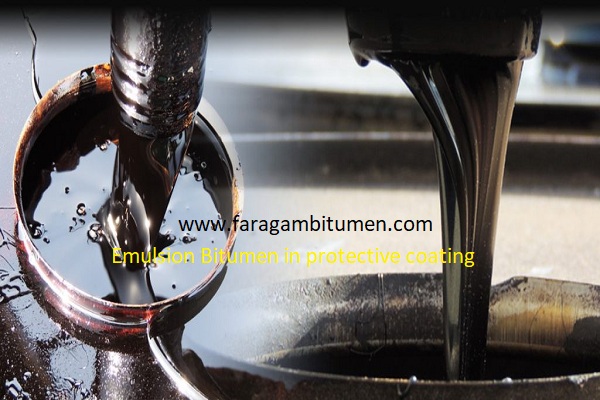


CRS2 Emulsion
CRS-2 Emulsion Asphalt is a cationic fast breaking bituminous emulsion that contains 65% bitumen, is black in color, and is manufactured strictly in accordance with ASTM D 2397M-13.
The prepared emulsion consists of two continuous phases including water and emulsifier and discontinuous phase including bitumen. In bitumen emulsions, bitumen with a very small amount of emulsifiers is dispersed in water in the form of very fine grains, and after spreading on stone materials, the bitumen breaks down and pure bitumen remains.
Application of CRS2 emulsion bitumen
Their main use is in sealing with stone materials, sealing with sand, surface asphalts and penetrating macadam.
Fast-breaking emulsion bitumen has a high mental retardation so that it does not flow on the road surface.
What is crs2?
Product Description. Asphalt Emulsion CRS2 is a cationic rapid setting asphalt emulsion produced by the patented SMEP process. The base asphalt for emulsification is derived from specially selected crude oils via carefully controlled refining processes.
Packing of bitumen emulsion CRS2
Packing of bitumen emulsion CRS2 is in a new thick steel drum on a pallet to prevent any leak inside of container also bulk in bitutainer and tanker.
What is the difference between MC retarder bitumen and emulsion?
Different types of bitumen have differences and each has its own properties. The two types of bitumen widely used are emulsion bitumen and solvent bitumen. The most important difference between emulsion bitumen and MC is in their type of solvent. The solvent of the emulsion is water and the solvent of retarding bitumen is kerosene.
Retardant bitumen Emulsion bitumen
Less stickiness more stickiness
High explosion risk no explosion risk or very low explosion risk
High resistance to freezing low resistance to freezing
Classification of emulsion bitumen based on electric charge
This classification is determined based on the type of electric charge of bitumen constituent particles. Particles are either positively charged or negatively charged, and some particles are uncharged and neutral. The important point is that cationic and anionic each have three different types.
Cationic
If the bitumen constituent particles in the emulsion have a positive electric charge, they are called cationic bitumen and are indicated by the letter C. This bitumen has three types of quick breaking, slow breaking and slow breaking.
Anionic
If the bitumen constituent particles in the emulsion have a negative electrical charge, they are called anionic bitumen and are indicated by the letter A. This bitumen has three types of quick breaking, slow breaking and slow breaking.
Non-Ionic
If the bitumen forming particles in the emulsion have no electric charge and are neutral, they are called non-ionic bitumen. These particles have no positive or negative charge.
Classification of emulsion bitumen based on breaking speed
The compound in emulsion bitumen is destroyed after use and water is separated from the bitumen. The water in the composition evaporates over time and pure bitumen remains, which is called the emulsion breaking process.
Emulsions are divided into three categories based on the duration of their stability: fast breaking, slow breaking and slow breaking. Each of these three groups has several different subcategories.
Quick breaking bitumen
Evaporation of water in this group does not last long and occurs quickly. For this reason, quick breaking bitumen emulsion is also called unstable emulsion. This bitumen has a low viscosity and only a thin layer of bitumen remains on the surface. CRS emulsion bitumen is an example of cationic bitumen.
Retardant bitumen
These emulsions are semi-stable and retain their composition for a longer time than the quick-dissolving type. Their viscosity is higher than the quick-breaking type, and the water in them evaporates more slowly; As a result, they leave a thicker layer of bitumen on the surface.
Slow setting bitumen
Slow-set emulsion bitumen are very stable and the water in them evaporates very slowly. This bitumen are more viscous than the first two types, which can be reduced by adding water. Of course, this viscosity can be increased by adding cement or lime.



